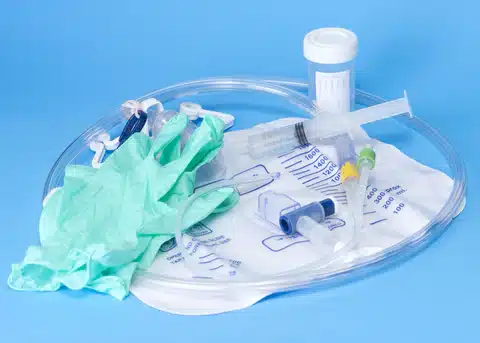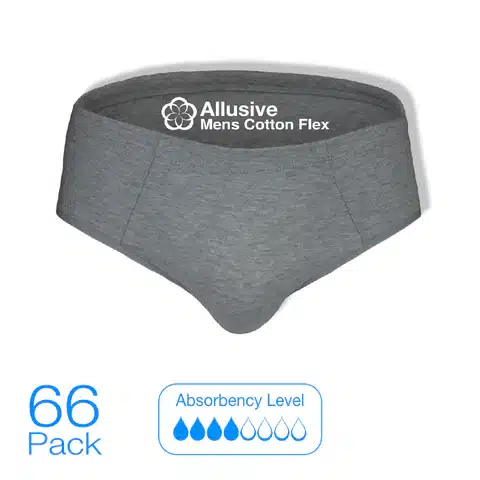For many men it can feel isolating to suffer from incontinence issues. Your bladder can seem to have a mind of its own. But you are not alone. Incontinence is common and treatable, as well as manageable. Thankfully improvements in incontinence garments have led to products designed entirely for men, including male guards. Let’s discuss them today and help end the embarrassment of male incontinence.

Male Incontinence and Male Guards
Many men find it embarrassing buying pads or tampons for their partner. So encouraging them to buy incontinence wear for themselves, in store, can be downright impossible. However today’s technology not only gives us the option of male-specific garments but also discreet, online ordering. Online sites, like Holistic Incontinence, also give you all the information you need depending on your unique situation, including absorbency levels, fit, and material type. Male specific incontinence products can be tucked into every day, close-fitting underwear and are ideal for discreet wear. This allows men to manage their condition without stress.
Types of Male Incontinence
Men can suffer incontinence from a range of different causes, including:
- Stress Incontinence that puts abdominal stress on the bladder
- Laughing
- Lifting
- Coughing
- Sneezing
- Overactive Bladder (OAB) when the walls within the bladder contract uncontrollably
- Urge Incontinence when you have an involuntary loss of urine following a strong urge to urinate that can’t be stopped
- Overflow Incontinence which occurs when you urinate in small amounts too frequently or you have constant dribbles of urine
- Mixed Incontinence is seen as a combination of stress and urge incontinence
Muscles, Nerves and Male Incontinence
Muscles and nerves need to work together to hold urine until the time to release. As a result any injury, condition or disease can lead to urinary problems at any age. However the most common age is 40 and older. Diabetes, especially, can develop nerve damage that affects control of the bladder while nerve problems from stroke, Parkinson’s Disease or MS can also affect bladder emptying. But there are times when urinary incontinence occurs without an understandable reason. As a result, it is important to speak to your doctor to find the cause of your problem. Male guard protection can be effective in helping manage these incontinence issues.

Prostate Problems and Male Incontinence
A healthy prostate is the same approximate size of a regular walnut. This gland surrounds the urethra, just below the bladder. This gland also often starts to become enlarged in men over the age of 40. This condition is known as BPH – Benign Prostatic Hyperplasia or Benign Prostatic Hypertrophy. As the prostate enlarges it can squeeze the urtethra, affecting the flow of urine. The most common symptoms are hesitant, interrupted or weak urine streams. Further symptoms include urgency, leaking or dribbling as well as frequent urination at night or urge incontinence. Managing incontinence can be made easier with a well fitted male guard, suited for your level leakage.
Managing Male Incontinence
Speaking to your doctor can give you a lot of options for managing your incontinence issues. There are some medication options to relax the bladder or shrink the prostate. Surgical options can also help. Non-surgical and medical options can include male guards for leakage, spacing fluid intake throughout the day and cutting back before bed. Limit alcohol, soft drink and caffeine intake as these can increase bladder irritation. Spicy, acidic, chocolate and artificially sweetened foods can also cause issues.
These techniques and solutions are all easier said than done, especially when dealing with continence care. However, with practice you can learn to manage your symptoms.

Track and Train Your Bladder
It takes planning and a lot of patience but if you stay persistent, you can train your bladder. For example, start by going to the bathroom ever hour, on the hour, even if you don’t feel an urge to urinate. After time, you can gradually space out bathroom breaks by a few hours. Track your fluid intake and how often your are visiting the urinal. Note any leaks you have and what food, drink or activity occurred before it. This documentation can help you track down the source of your incontinence if your doctor clears any medical conditions. Wearing a male guard to help with leakages in the mean time can also help with any accidental leakage.
